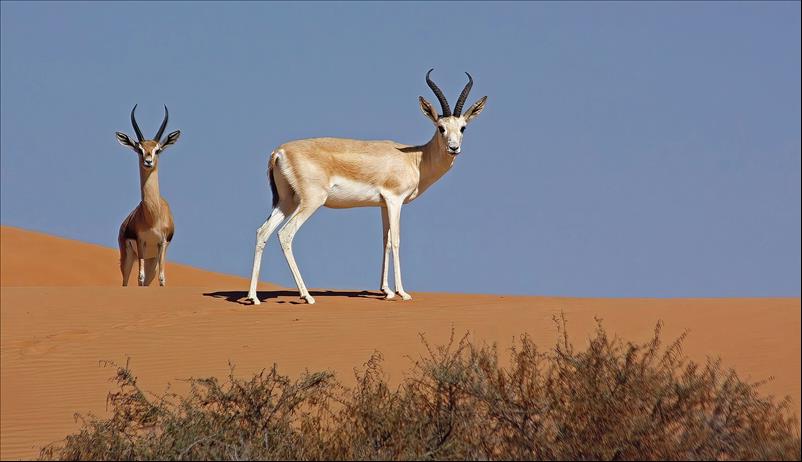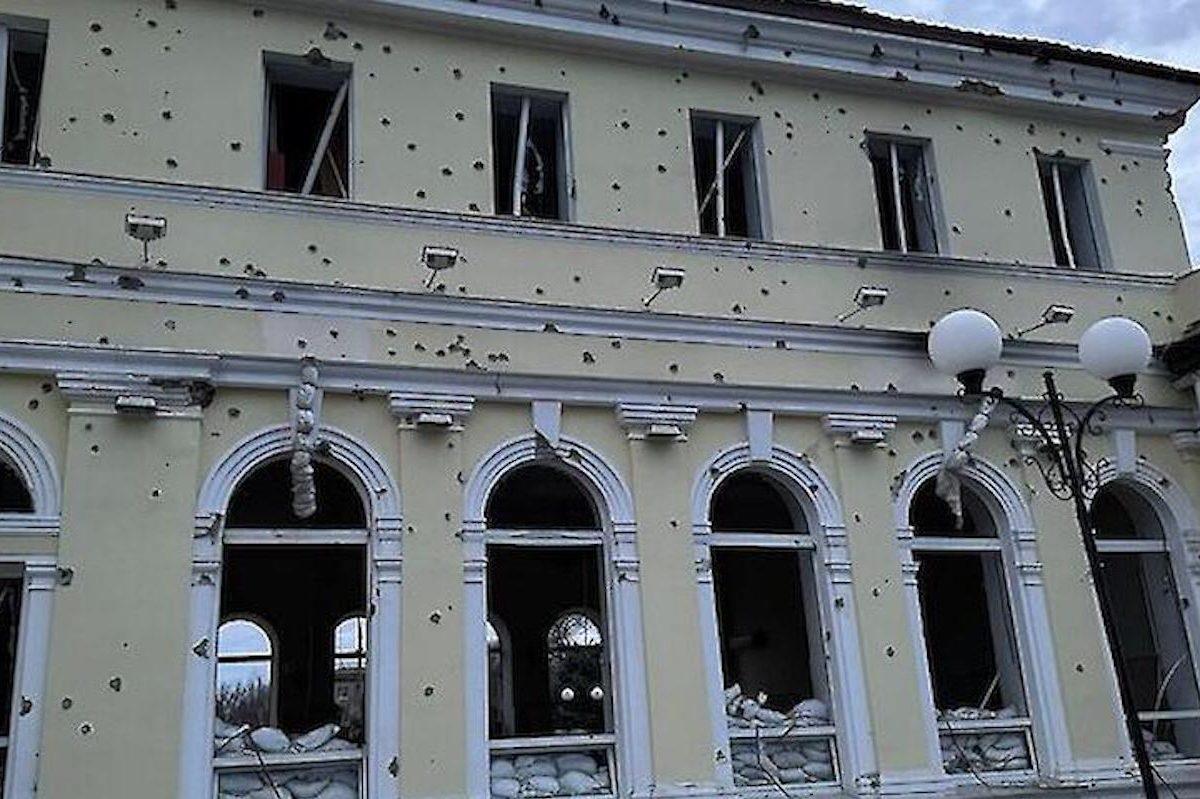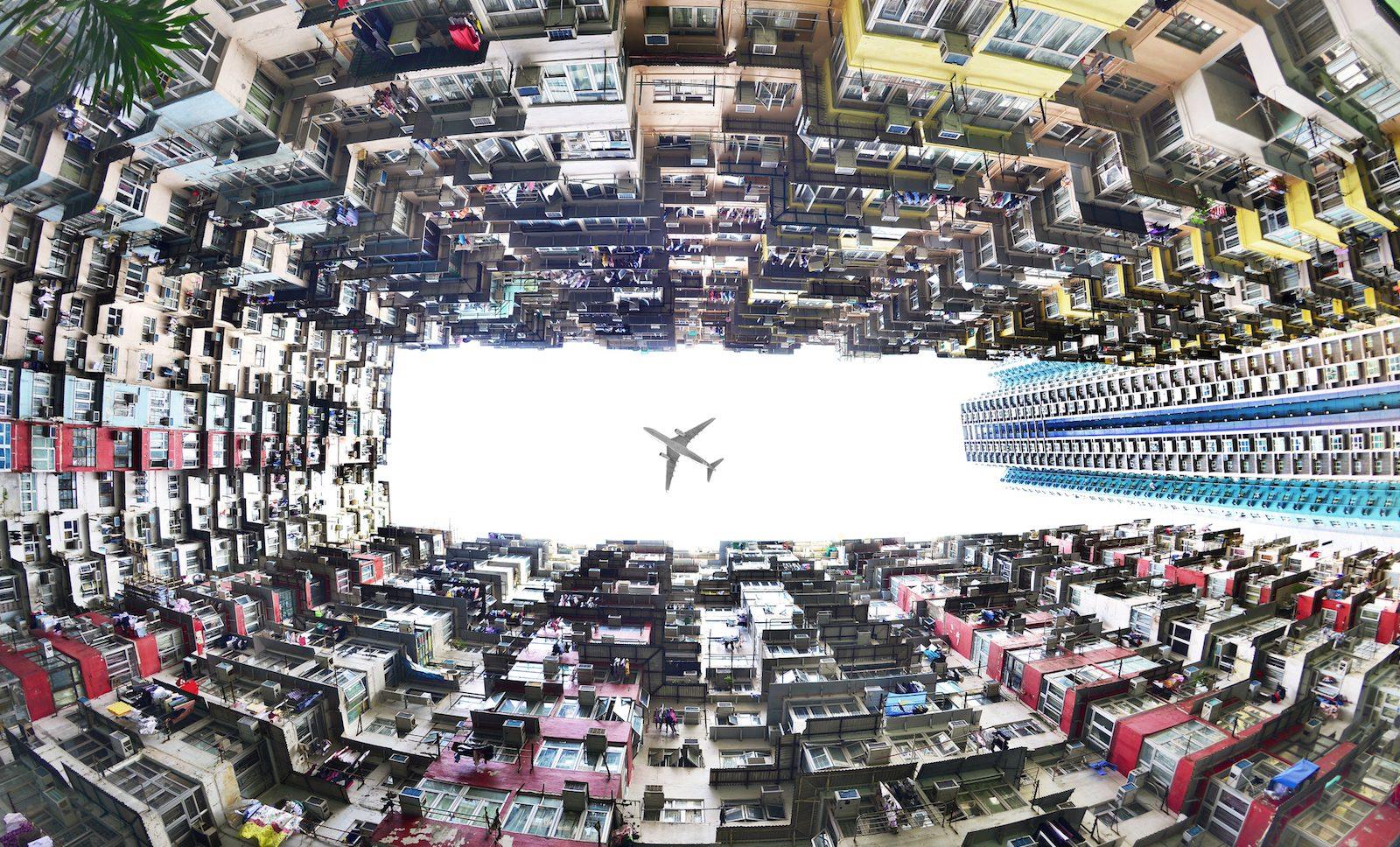
Protecting Arab Heritage From The Sands Of Time
In parts of the Arab Gulf region, however, heritage is finally getting its due.
For decades, natural, historical, and archeological sites were not a priority in the Middle East, especially in countries that had economic, political, and security instability. Not surprisingly, important sites have been neglected, destroyed by conflict, looted, and even built over.
Of the 1,199 sites on the
UNESCO World Heritage List , just 93 – 8% – are in Arab states,
the lowest of any region.
Part of the reason is bureaucracy. It takes a lot of paperwork and proper documentation to have one's heritage added to UNESCO's international list. Many worthy sites are never recognized, as insufficient information makes verification impossible.
Yet political will is also an essential ingredient to cultural preservation. In several Gulf states, that inclination has arrived.
In recent years, Gulf states, led by Saudi Arabia and the United Arab Emirates, have put significant energy into pushing for the preservation and recognition of places and traditions.
National heritage-related celebrations – such as festivals for Saudi coffee and exhibitions for Emirati and Omani handicrafts – highlight the importance of regional culture far beyond national borders.

Legal Disclaimer:
MENAFN provides the information “as is” without warranty of any kind. We do not accept any responsibility or liability for the accuracy, content, images, videos, licenses, completeness, legality, or reliability of the information contained in this article. If you have any complaints or copyright issues related to this article, kindly contact the provider above.


























Comments
No comment